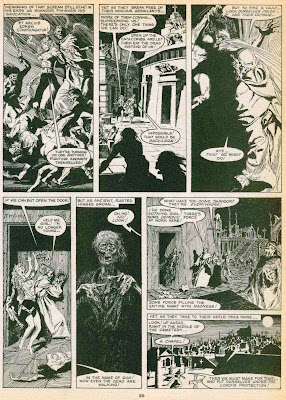Book Review: 'The Catalyst' by Charles L. Harness

3 / 5 Stars
‘The Catalyst’ (191 pp.) was published by Pocket Books in February 1980. The cover illustration is by Michael Whelan.
While the cover gives the impression that ‘Catalyst’ is a touchy-feely novel with strong mystical overtones, at heart, it’s a tale about a chemical company and its struggle to patent a method for synthesis of a new ‘wonder molecule’.
It’s 2006, and at the Ashkettles Chemical Corporation on Long Island, patent attorney Paul Blandford finds himself increasingly drawn into the work of the corporation’s Research Lab, where the charismatic organic chemist John Serane and his team are hard at work on an optimal synthesis for the compound ‘trialine’.
Knowledge that a competitor in Germany is also busily at work on an improved synthesis method lends an urgency to the Ashkettles team’s efforts.
Unfortunately for Blandford, Serane, and the research team, Ashkettles’ management has insisted on making the ultimate corporate sycophant their new Director of Research.
Not only does Fred Kussman make the 'Pointy-Haired Boss' in the 'Dilbert' strips look like a paradigm of enlightened leadership, but his actions threaten the progress of the synthesis team.
Paul Blandford discovers that, despite being an attorney and not a scientist, his participation is key to any hope of success for the Research Lab…..and he’ll get help from a most unexpected source……
The central narrative of ‘Catalyst’, dealing with an insider’s view of how chemical companies convert their science achievements into patents and ultimately, commercial formulations, is an engaging and a worthwhile read.
However, author Harness also tries to infuse his novel with a sub-plot involving the spiritual manifestations of Blandford’s since-departed older brother, Billy.
Indeed, some of the same metaphysical elements Harness employs in other of his fiction works make their appearances in ‘Catalyst’. These attempts to infuse the book with a determinedly humanistic element, to balance the mercenary machinations of the corporate culture, seem an uneasy fit at times.
‘Catalyst’ is worth picking up, having as its subject matter a topic – organic chemistry - that rarely gets much coverage in the sf literature. However, you must be willing to tolerate the supernatural angle that periodically intrudes on the narrative.














































































